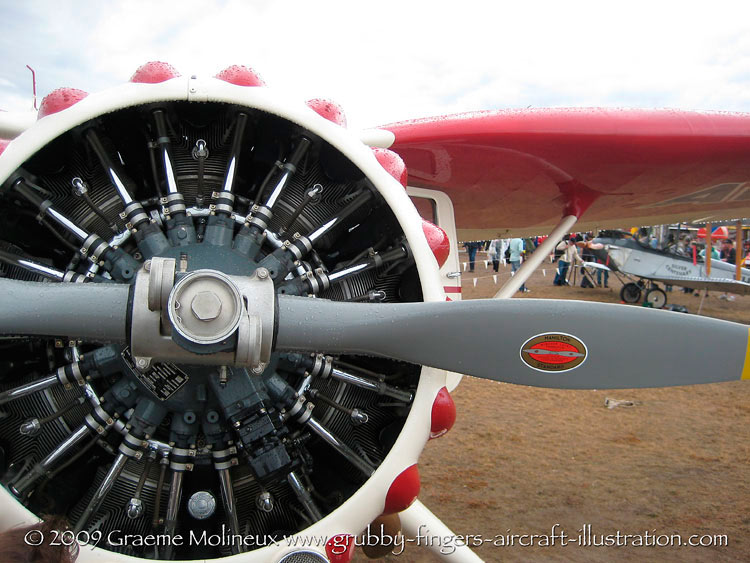7/27/13
With a substantial library aboard, I have yet to complete a book. Too much action, even tied to a dock Yesterday I was diving under the wharfinger's Rawson 30, cleaning the barnacles off his prop and securing a loose collar zinc.
I surfaced to hear a crash and a cry. Pulling myself up on the dock, I doffed my fins, and raced to the adjacent dock. A double-handed Hunter 42, with considerable free board, had come in for a landing and the wife had fallen off the boat, landing on her ribs on the dock railing. She was in considerable pain and shock. After a while she rallied and was able to get below.
The nearest medical facilities are considerable distance, a ferry ride to Powell River.
Rib injuries can be excruciatingly painful. A reminder that docking a boat is often the most dangerous part of sailing.
Today I rose early to hitch to the Texada to Powell River ferry. It's six miles by road to the Blubber Bay landing. Blubber Bay. once a whale flensing site, was apparently where Capt. Cook made first contact with the local Tla' Amin people.
The Texada ferry is a medium sized, car carrying, catamaran. In Malaspina Straits it was blowing 25 and the ferry was rolling. At Powell River we had to heave to, and wait for the Comox ferry to depart.
Once ashore in Powell River, about the size of Sausalito, I hoofed a mile up the hill to the “mall” supermarket for provisions.
Then I set off in search for word of my new carburetor. After some false starts I located Guy's Cycle Works, the local Tohatsu/Suzuki dealer. Catherine at the front desk was most helpful, and confirmed the part had been shipped Tuesday from Texas, Hopefully it will be here early next week. I now have her phone number, and will be able to check status daily.
The ferry ride from Powell River back to Texada is about the same distance as from Sausalito to San Francisco. With unlimited visibility I could see 40 miles, up into my destination, the waters of Desolation Sound. It looked like a fire burning above Lund, at road's (Highway 1) end.
Back at WILDFLOWER the strong NW winds continue and Sturt Bay anchorage has filled with boats seeking shelter. The Coast Guard is broadcasting a Securite' that a log boom under tow has come apart in the vicinty. Apparently many dozen large logs are on the loose.
http://texada.org/texada-boat-club/








